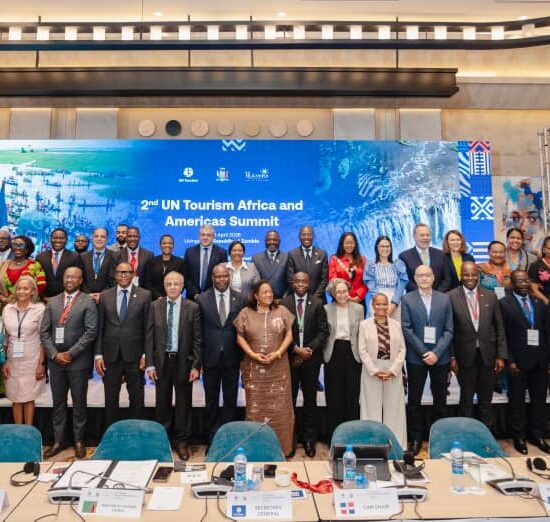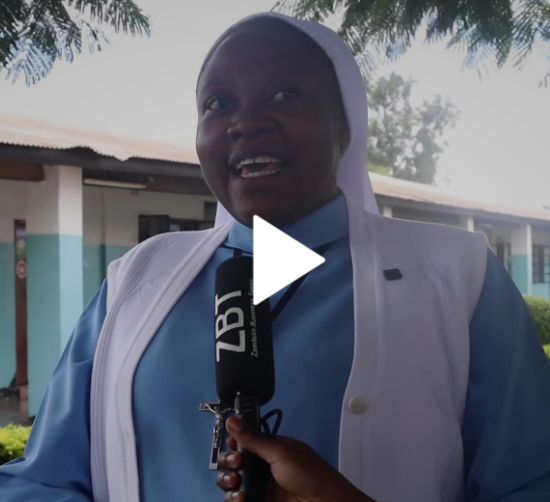
Zambia’s energy giant and national power utility company ZESCO has disclosed that load management in the country still stands even with the recommencement of full capacity operation at Maamba Collieries saying the power deficit in the country remains huge.
The country’s largest independent power producer Maamba Collieries had confirmed that it has resumed full capacity operations at its 300MW coal-fired power plant and is now supplying the full contracted power to ZESCO.
But ZESCO Spokesperson Henry Kapata told the Zambian Business Times – ZBT in an exclusive interview on January 16, 2020 that the country’s current power deficit is huge to about 1,000MW and the additional 150MW received from Maamba collieries is not enough compared to what is lacking.
Kapata has since explained that the power producer Maamba Collieries has two machines with 150MW each and that only one out of the two was under maintenance while the other was still in operation.
“Only 150MW has come the other 150MW was already in operation and if we look at the current power deficit, 150MW can’t maximize power generation so If we are still lacking in the deficit system and only 150MW comes back then the deficit is still huge hence load management still stands,” he added.
He further disclosed that the power utility company only evacuates 267 MW from Maamba Collieries because they use part of it for their internal operations.
Maamba Collieries power plant had towards the end of 2019 shut down its operations of one of generation plants that contribute about 150MW coal fired thermal power to the national grid due to what they stated as delayed and non settlement of arrears by ZESCO.
Most members of the public have been expectant to see an end to load shedding after the announcement from Maamba Collieries that it has resumed full power production capacity. Additionally, the Energy Regulation Board – ERB approved an over 100% power tariff upward adjustment seem as a cost plus margin reflective rate.
The expectation was that this would then enable ZESCO to sustain its power imports for at least the first quarter as its technical team had announced that they are expecting Kafue Gorge Lower Hydro power plant to come on stream by end of first quarter.
Moreover, the cost reflective tariffs have been seen as a window to fastrack solar power investment projects which should be able to plug the current deficit in the short to medium term, as well as enable more power generation plants to be constructed to meet the growing national demand and export of excess capacity.







